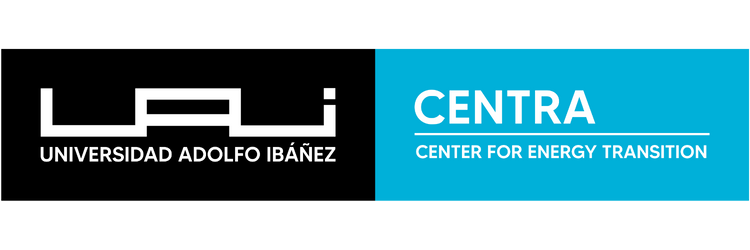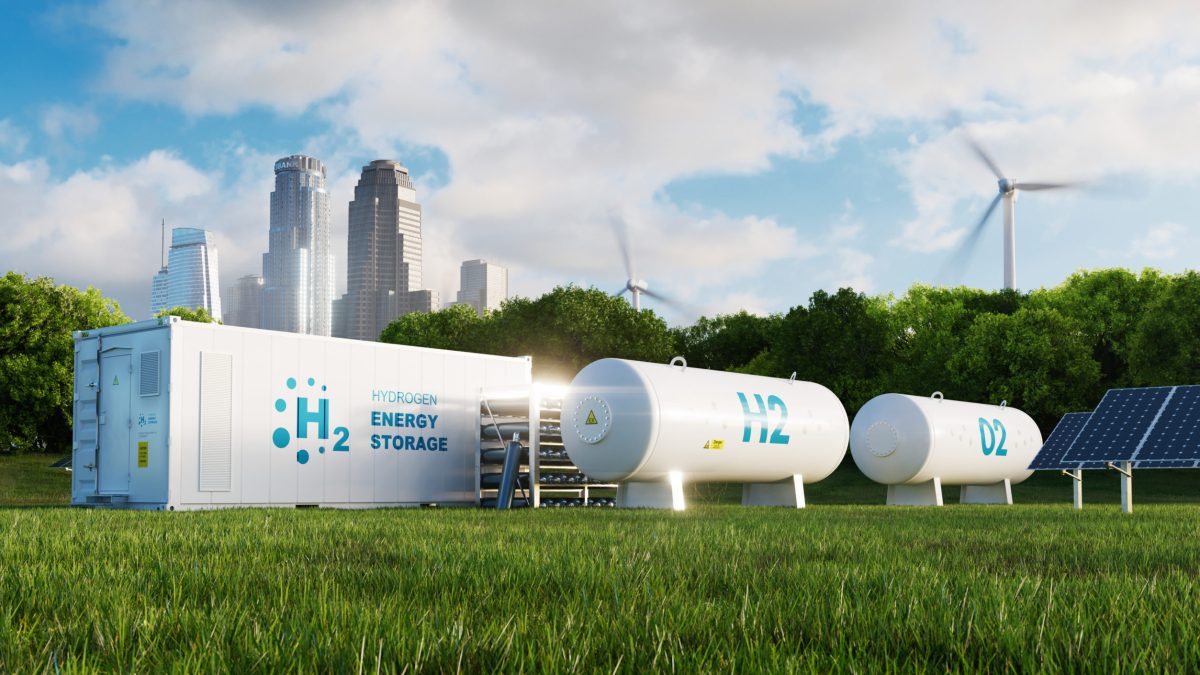Green Hydrogen in Chile: Energy of Tomorrow
July 29, 2025
To promote, establish, and consolidate a new productive sector, it is not only necessary to have investment, technology, clear regulations, and market conditions. Specialized human capital in quantities aligned with demand is also essential. That is why, as part of the Green Hydrogen Action Plan (PAHV) 2023–2030, which aims to develop an industry around this resource in Chile, six teachers from public schools in the Magallanes region participated in a technical internship in France in June, where they acquired knowledge about green hydrogen (H2V) to later share with their peers and students.
This was just one initiative among a broader set of measures aimed at laying the foundations of this emerging sector in our country. Other recent actions include the launch of OrientaH2, a platform to promote the H2V ecosystem in Chile, and the announcement by the Ministry of Finance of an upcoming bill to stimulate demand.
Key milestones
Regarding the progress made so far, the Ministry of Energy highlights the PAHV as a planning tool developed under the current government, incorporating 18 lines of action that have already begun to be implemented.
“Noteworthy progress includes port infrastructure, maritime concession procedures, and the role of ENAP. The fact that the Chilean State creates enabling conditions in these areas will allow companies investing in our country to have the necessary infrastructure for unloading materials to build the projects and later export the green hydrogen and its derivatives,” the Ministry of Energy stated in a document sent to Revista Electricidad.
Along these lines, they emphasize the signing of the Magallanes Pact, a tripartite public-private initiative for coordination in five areas related to H2V: human capacity development; productive linkages; technological innovation; shared infrastructure in port, electric, road, and water resources; and the harmonious urban development of the region.
The Ministry of Energy also highlights the Green Hydrogen Magallanes Regional Transforma Program, which has allowed different stakeholders to progress toward a shared vision for the industry’s growth. At the same time, it promotes the development of roadmaps for the Biobío and Antofagasta regions.
Marcos Kulka, Executive Director of the Chilean Hydrogen Association (H2 Chile), also identifies the publication of the PAHV 2023–2030 as a key milestone:
“Its multisectoral approach has been essential in aligning public and private efforts under a shared vision of sustainable and competitive development,” he emphasizes.
According to him, other relevant advances include the creation of the Magallanes Pact and the Green Hydrogen Transforma Program, driven by Corfo, which has brought together more than 100 actors nationwide around the creation of a local value chain focused on R&D, productive capacity, and sustainability; the enabling regulatory framework promoted by the Ministry of Energy, aimed at closing regulatory gaps in areas such as traceability, certification, safety, infrastructure, and sectoral permits; and recent working groups led by the National Electric Coordinator to develop technical and regulatory criteria for integrating green hydrogen projects into the power system.
Investment hub
Eduardo Bitrán, professor at the Energy Transition Center of the School of Engineering and Sciences at Universidad Adolfo Ibáñez, highlights that Chile has made progress in establishing a long-term financing platform for H2V projects. He also points to the offering of green loans with subsidized interest rates for domestic H2V projects and their derivatives.
“Corfo has awarded subsidies to pre-investment and innovation initiatives, and a consortium led by Fundación Chile was granted the implementation of the Green Hydrogen Innovation Technology Center (CTIHV) in Magallanes,” he specifies.
In his view, Chile’s main investment incentives include abundant renewable energy resources close to the coast, a reasonable level of legal certainty, and ongoing regulatory improvements.
“However, this is not enough to secure early entry into the green ammonia market, as global demand has not yet matured. Therefore, Chile should consider implementing a European-style scheme to stimulate domestic demand and exports by committing to green ammonia consumption at prices below current production costs, through contract-for-difference tenders.”
The systematic work being carried out in Magallanes around H2V is precisely the main focus of Ignacio Covacevich, director of the CTIHV. He also values the Magallanes Pact and Corfo’s efforts in coordinating public-private working groups through the Transforma H2V Magallanes Program, which address different aspects of the industry.
“This is a very robust program, and the actors are well aligned and coordinated to accelerate the region’s decarbonization,” he states.
Challenges ahead
How can progress be accelerated? According to the Ministry of Energy, it is essential that local communities are heard throughout the development of H2V projects. At the same time, they stress the need to train and educate specialized human capital, which is why the ministry is developing educational and technical training programs to prepare the workforce for the opportunities and challenges of this new industry.
“We are also promoting collaboration between universities, research centers, and the private sector to drive innovation in this field. In addition, we must invest in technological infrastructure and R&D projects that will allow us to remain globally competitive,” they add.
For Covacevich:
“We must develop capacities along the value chain and seize the opportunity to foster entrepreneurship in Magallanes. On the regulatory side, coordinated public-private efforts must continue, prioritizing initiatives that minimize uncertainty during project development. The Technology Center will work with the regional government and academia to provide technical and scientific support for baseline studies that help reduce the socio-environmental impact of this industry.”
Kulka, in turn, identifies as a priority the development of specific regulations for hydrogen and its derivatives, covering transportation, storage, industrial use, and grid connection.
“We must also improve the efficiency and clarity of the Environmental Impact Assessment System, strengthen institutional capacity, promote early community engagement, and update the technical guidelines specific to hydrogen projects.”
On the technological side, Chile should focus on demonstrating and scaling solutions adapted to its conditions, such as modular production in remote areas, the use of derivatives like ammonia and methanol, and the integration of hydrogen in high-energy-demand sectors such as mining and transport.
Lastly, he highlights the importance of strengthening human capital development and fostering the growth of local suppliers, technology startups, and specialized service providers.
Bitrán points out that most H2V projects still lack long-term demand guarantees:
“That’s a major obstacle for investment decisions,” he asserts.
He also notes that the technologies for producing green ammonia are well established, but there is a dilemma between acquiring electrolyzers from European or Chinese suppliers. In regulatory terms, he expects that large-scale H2V projects will be included in the early implementation of the Framework Law on Sectoral Permits.

